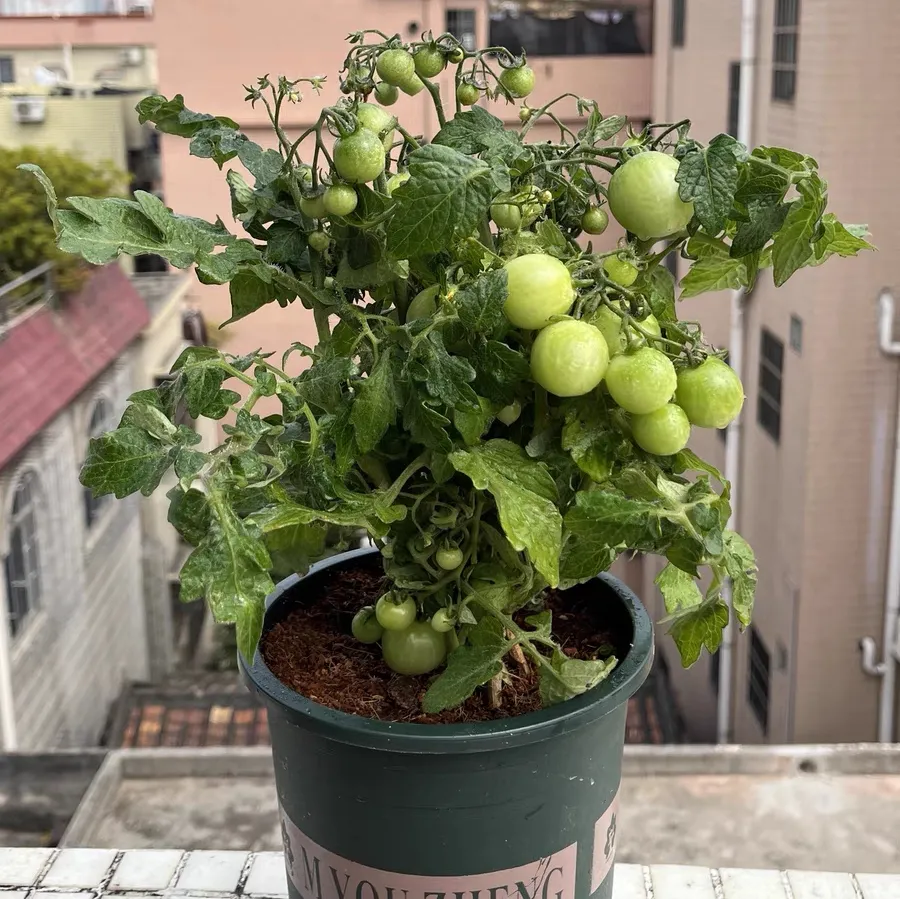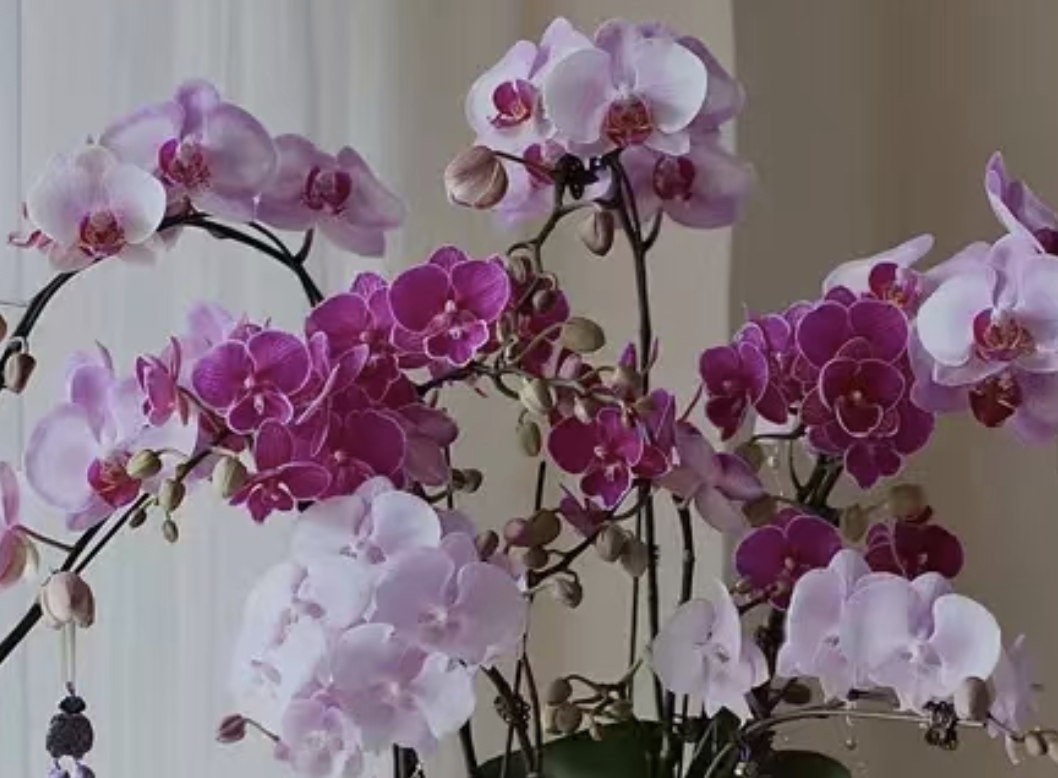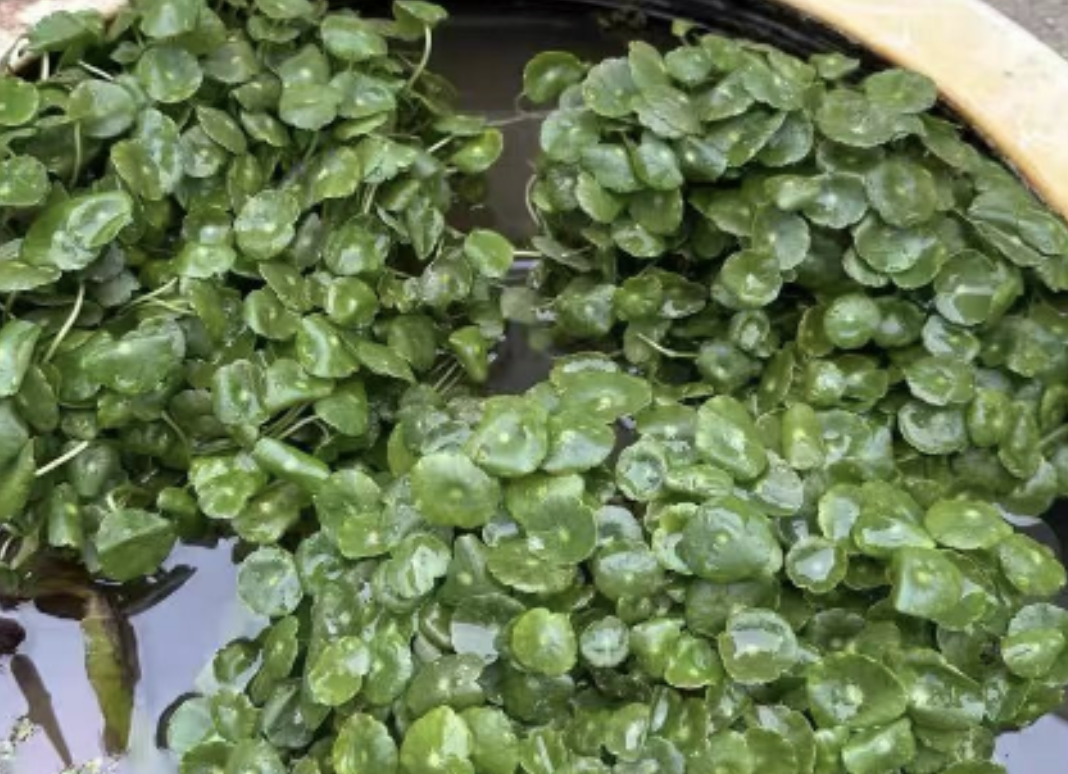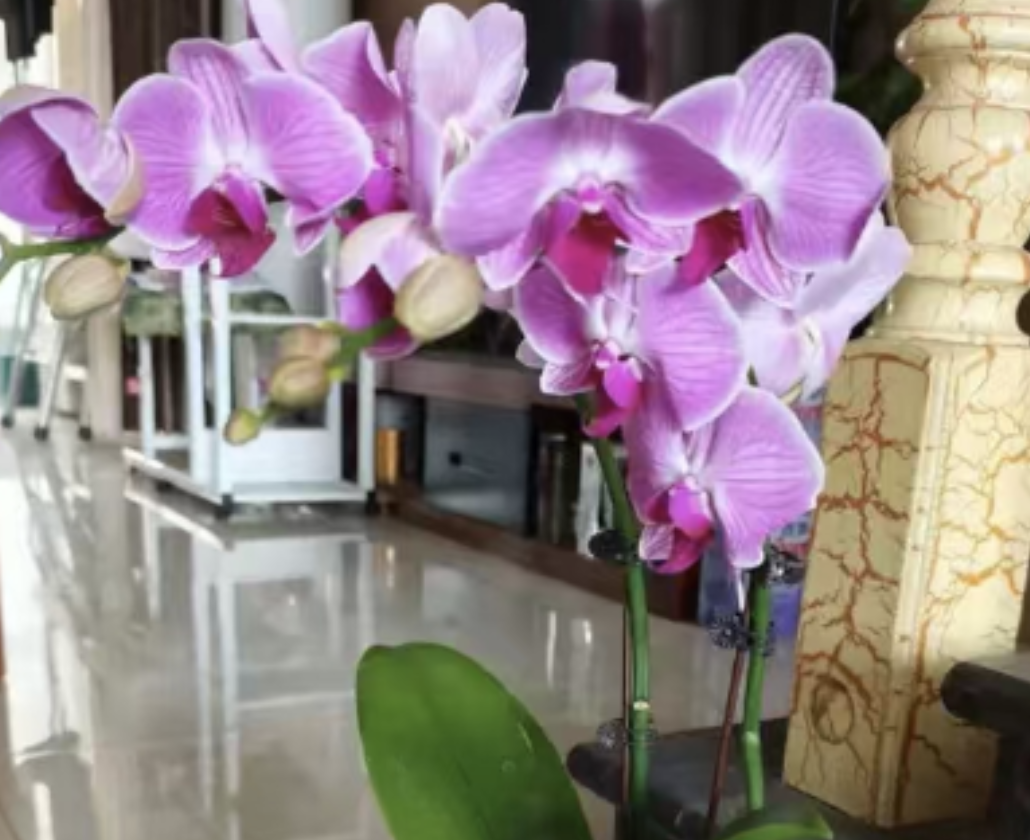When growing cherry tomatoes, have you ever encountered the situation where the lush green leaves suddenly start to turn yellow, dry up, or even the entire plant wilts? Today, let's share the reasons for cherry tomato leaf drying and targeted solutions.
### Reason 1: Fusarium Wilt
Nothing is more troublesome than fusarium wilt, which specifically attacks the root and stem, especially during the flowering and fruiting period. In the early stage, only the bottom leaves turn yellow and curl, then the problem gradually spreads upward. The leaves turn brown and dry from the edges, feeling brittle and easy to break. When you pull up the plant, you'll find that the roots have turned brown and rotten. Cutting the stem reveals brown vascular bundles (like being stained). In severe cases, the entire plant will die quickly, and it's highly contagious!
**Solutions**: Once fusarium wilt is confirmed, immediately uproot the diseased plant and destroy it thoroughly (don't throw it into compost!) to prevent the spread of pathogens. Disinfect the soil around the diseased plant with quicklime or carbendazim, and temporarily avoid planting solanaceous plants such as tomatoes and eggplants. Prevention is better than cure! Before planting, soak seeds in carbendazim for disinfection, choose disease-resistant varieties, avoid continuous cropping, and add some decomposed organic fertilizer to the soil to enhance disease resistance.
### Reason 2: Nutrient Deficiency
Cherry tomatoes need a lot of nutrients during the fruiting period. A lack of key elements such as nitrogen, phosphorus, and potassium in the soil will make the leaves send out "signals". When nitrogen is deficient, old leaves turn yellow first, gradually drying up from the leaf tips to the veins, while new leaves are small and thin. A potassium deficiency causes leaf margins to scorch, with brown spots appearing on the leaves, as if burned. A phosphorus deficiency leads to dark green leaves with a purple tint, and the bottom leaves dry up and fall off early. The drying caused by nutrient deficiency is "progressive"—the entire plant grows weakly, produces few fruits, and is prone to fruit drop.
**Solutions**: First, observe leaf symptoms to determine the nutrient deficiency: yellow leaves without spots are mostly due to nitrogen deficiency; scorched leaf margins are mostly due to potassium deficiency; dark green with purple tint is mostly due to phosphorus deficiency. Timely apply corresponding fertilizers: use decomposed soybean cake fertilizer or nitrogen fertilizer for nitrogen deficiency; use plant ash or potassium fertilizer for potassium deficiency; use bone meal or phosphate fertilizer for phosphorus deficiency. Apply thin fertilizers frequently and avoid over-fertilization. Apply compound fertilizer every 2 weeks during the growing period, and focus on supplementing potassium fertilizer during the fruiting period to ensure leaves have enough nutrients to "survive".
### Reason 3: Improper Watering
Cherry tomatoes are both afraid of drought and waterlogging, so improper watering is a common cause of leaf drying! Too much watering leads to waterlogging in the soil, causing root hypoxia and rot. Leaves start to turn yellow and wilt from the bottom, feeling soft, and the base of the stem is damp. Too little watering or drought causes leaves to curl upward, with scorched and brittle edges. Wilting is more obvious at noon when the sun is strong, and the potting soil becomes hard and cracked.
**Solutions**: Water according to the "dry-wet cycle": water only when the soil 2cm below the surface is dry, and water thoroughly without leaving standing water. Don't let water accumulate in the tray under potted plants. If root rot occurs due to waterlogging, immediately take the plant out of the pot, cut off the rotten roots, soak the roots in carbendazim for disinfection, repot with clean new soil, and temporarily shade it to allow recovery. For drought and water deficiency, first pour a small amount of water along the edge of the pot to moisten the soil, then slowly water thoroughly after half an hour to avoid stimulating the roots with a sudden large amount of water. You can spray water on the leaves regularly to increase humidity.
### Reason 4: Pest and Disease Infestation
Powdery mildew, early blight, spot disease, and aphids are all "natural enemies" of cherry tomatoes! Powdery mildew covers leaves with white powdery substances, and in the later stage, leaves turn yellow and dry up, as if sprinkled with flour. Early blight causes circular brown spots on leaves, with yellow halos around them; as the spots expand, the leaves die. Aphids gather on the back of leaves to suck sap, causing leaves to curl, turn yellow, and dry up, and they also spread viral diseases.
**Solutions**: For fungal diseases such as powdery mildew and early blight, spray leaves with diluted carbendazim or methyl thiophanate once a week for 2-3 consecutive times. For aphids and other pests, wipe leaves with soapy water if the infestation is mild; for severe cases, spray with insecticides such as imidacloprid or Huahuashen, paying attention to the back of leaves and tender shoots. Usually, maintain ventilation and light, avoid overcrowding of plants, promptly remove diseased leaves and branches, and dry leaf moisture after rain to reduce disease滋生.
### Reason 5: Excessive Environmental Stress
Cherry tomatoes are sensitive to environmental changes. Unsuitable temperature, light, wind, etc., can cause leaf drying. When the temperature is below 10℃ or above 35℃, leaves will turn yellow and wilt. Insufficient light causes bottom leaves to dry up first, and the plant becomes leggy and weak. Strong winds (especially air conditioning winds or strong winds) accelerate water loss from leaves, leading to scorched edges, as if dried out.
**Solutions**: The most suitable temperature is 20-28℃. Move to a warm place in winter, shade and cool down in summer, and keep away from air conditioning and heating vents. Ensure 6-8 hours of light every day; use supplementary lights if light is insufficient, and avoid placing in dark corners for a long time. For outdoor planting, choose a sheltered location; for balcony planting, don't place in a windy spot. On windy days, cover with a breathable plastic bag to prevent wind (don't seal it) and reduce leaf water loss.
Drying leaves of cherry tomatoes are not可怕; the key is to find the cause first! Observe the location and state of the dried leaves, then judge based on recent watering, fertilization, and environmental changes. Targeted treatment will help it recover gradually.
本回答由AI生成,仅供参考,请仔细甄别,如有需求请咨询专业人士。
What causes the leaves of potted cherry tomatoes to dry out?

Share with
Tagged in :




Leave a Reply